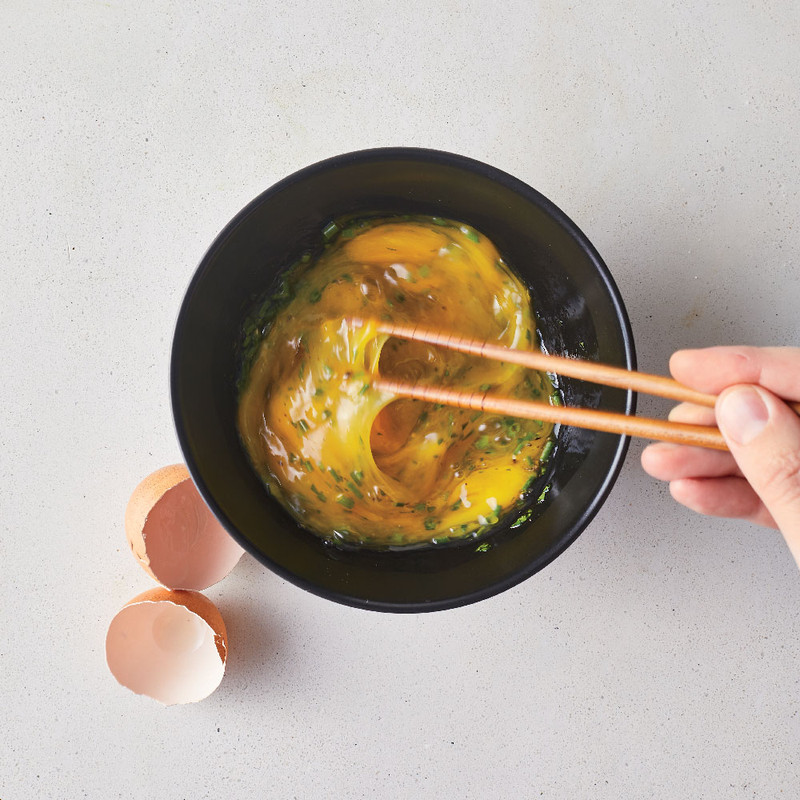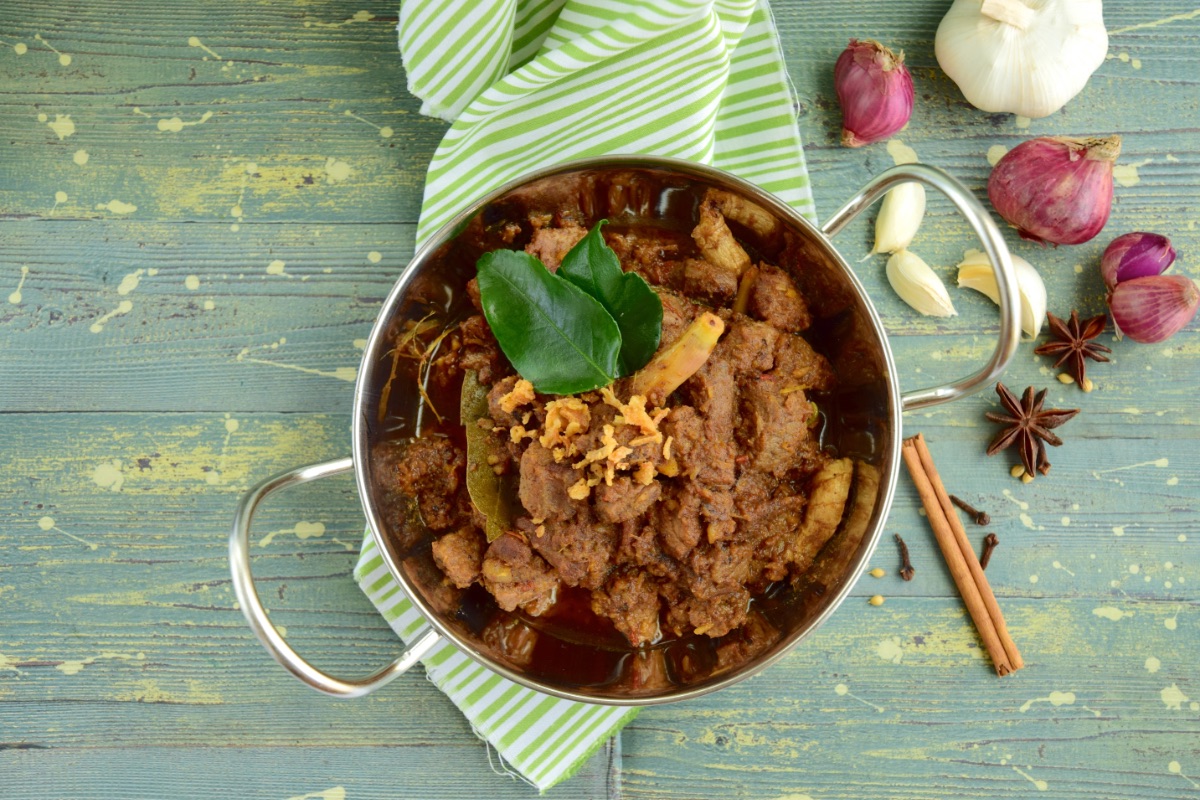Before I was senior food editor at Food & Wine, I cooked A LOT of eggs. Like many kids interested in cooking, cracking eggs was one of the first things my mom taught me to do. In high school, eggs were a reliable meal I could make for myself after volleyball practice. I worked the omelet station in my college dining hall, where I learned how to manage four omelet pans at once. So when it came time for the dreaded Egg Day at culinary school, it turned out not to be so bad. All that practice had solidified my knowledge of properly cook eggs, or so I thought.
A few years later, working on a cookbook for Lucky Peach (All About Eggs), I started diverging from the prescribed way of making eggs. We made more than 100 egg recipes for the book, and the experience forever “eggs-panded” my horizons (if you’ll forgive the pun). I cracked thousands of eggs in a search for the ultimate versions of scrambled, fried, poached, and omelets and delved into the gloriously wide world of global egg preparations. And it was on this quest to understand the egg eating cultures of the world that I started making omelets with chopsticks.
While I’m certainly not the first person to use chopsticks to make omelets, I am fully convinced that they are the tool that has most improved my omelet game. From beating the eggs in a bowl with salt, pepper, and herbs, to scrambling them in the non-stick pan, breaking up their fast-cooking curds, to tracing the edge of omelet to loosen those pesky wispy bits, then finally sliding them under the lip of the egg crepe to roll the omelet over on itself into a tight football shape, they make every step easier. If you don’t handle chopsticks regularly, using them as a cooking tool can take some practice, but once you get the hang of it, they become as indispensable as any spatula or pair of tongs you already love.
This article was written by Mary-Frances Heck from Food & Wine and was legally licensed through the NewsCred publisher network. Please direct all licensing questions to legal@newscred.com.









